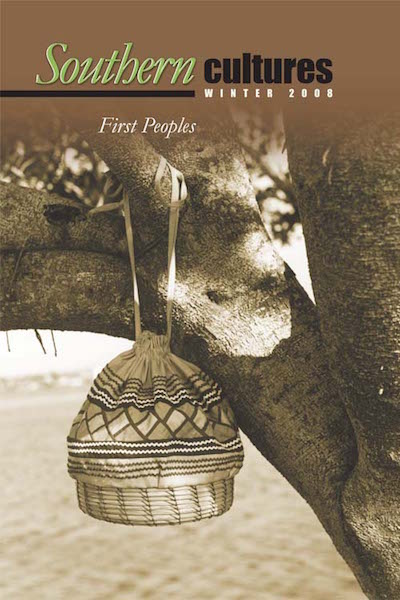“Not all ‘cool’ identities are equally cool. If the socially constructed identity of American Indian is cool, for most people it is cooler to have Indian ancestry than to be Indian.”
Social scientists can go on and on about that most complicated of topics: race and ethnicity. But however varied our opinions about race and its many corollaries—the causes of racial inequalities, for example, or how best to achieve racial justice, or the relationship between race and ethnicity—most of us accept the premise that race is not a biological reality. It is, instead, a “social construction,” something that derives its meaning from the interpretations folks give it rather than from its intrinsic properties. It is not that social scientists disregard physical differences among various peoples—to the contrary, we usually place great social (if not inherent) significance on how individuals differ from each other. But these particular differences—skin color, hair texture, eye shape, and the like—need not connote “race” as that term has come to be understood, anymore than, say, eye or hair color, height, body shape, or male pattern baldness do. Conventional “racial” differences have become culturally significant only because people extract meaning from them and impose meaning on them.


